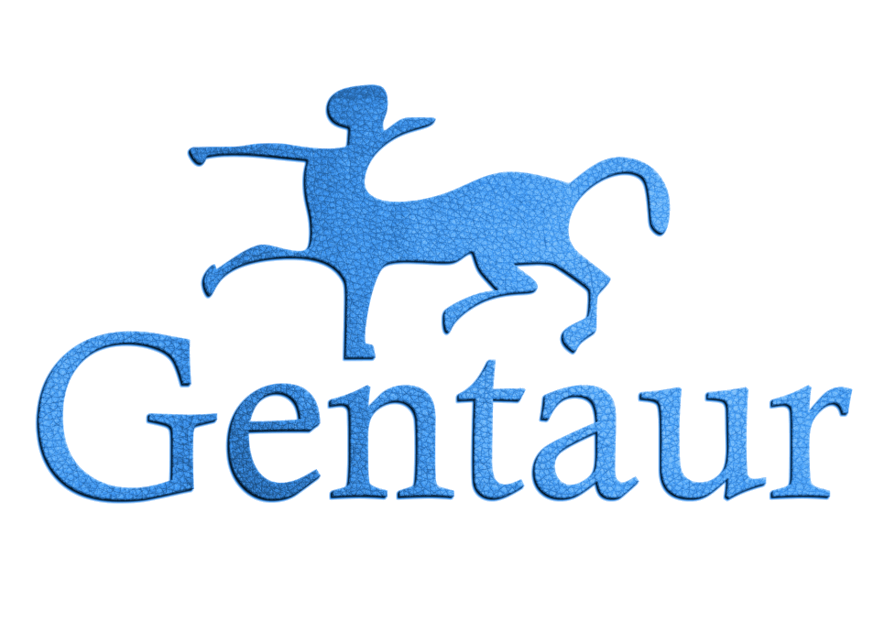CASP8 And FADD Like Apoptosis Regulator (CFLAR) Polyclonal Antibody (Human, Rat), FITC
-
Catalog number
PAL332Ra01-200ul-FITC
-
Price
Please ask
-
Size
200ul
-
-
Description
A Rabbit polyclonal antibody against Human, Rat CASP8 And FADD Like Apoptosis Regulator (CFLAR). This antibody is labeled with FITC.
-
Specifications
Host: Rabbit; Species Reactivity: Human, Rat; Clonality: polyclonal; Tested applications: WB, IHC; Concentration: 500ug/ml; Isotype: IgG; Conjugation: FITC
-
Additional_information
Sequence of the immunogen: CFLAR (Arg43~Tyr281); Buffer composition: PBS, pH7.4, containing 1mM DTT, 5% Trehalose and Proclin300.
-
Storage_and_shipping
Upon receipt, store at -20°C or -80°C. Prepare working aliqotes prior to storage to avoid repeated freeze-thaw cycles.
-
Notes
Research Use Only.
-
Properties
If you buy Antibodies supplied by Cloud Clone Corp they should be stored frozen at - 24°C for long term storage and for short term at + 5°C. This Cloud Clone Corp Fluorescein isothiocyanate (FITC) antibody is currently after some BD antibodies the most commonly used fluorescent dye for FACS. When excited at 488 nanometers, FITC has a green emission that's usually collected at 530 nanometers, the FL1 detector of a FACSCalibur or FACScan. FITC has a high quantum yield (efficiency of energy transfer from absorption to emission fluorescence) and approximately half of the absorbed photons are emitted as fluorescent light. For fluorescent microscopy applications, the 1 FITC is seldom used as it photo bleaches rather quickly though in flow cytometry applications, its photo bleaching effects are not observed due to a very brief interaction at the laser intercept. Cloud Clone Corp FITC is highly sensitive to pH extremes. Human proteins, cDNA and human recombinants are used in human reactive ELISA kits and to produce anti-human mono and polyclonal antibodies. Modern humans (Homo sapiens, primarily ssp. Homo sapiens sapiens). Depending on the epitopes used human ELISA kits can be cross reactive to many other species. Mainly analyzed are human serum, plasma, urine, saliva, human cell culture supernatants and biological samples.
-
Additional description
This 1 is suited for programmed cell-death studies.
-
Conjugation
Anti-FITC Antibody
-
Group
Polyclonals and antibodies
-
About
Polyclonals can be used for Western blot, immunohistochemistry on frozen slices or parrafin fixed tissues. The advantage is that there are more epitopes available in a polyclonal antiserum to detect the proteins than in monoclonal sera. Rats are used to make rat monoclonal anti mouse antibodies. There are less rat- than mouse clones however. Rats genes from rodents of the genus Rattus norvegicus are often studied in vivo as a model of human genes in Sprague-Dawley or Wistar rats.
-
Latin name
Rattus norvegicus
-
French translation
anticorps
-
Gene target
-
Gene symbol
FADD, CFLAR-AS1, CASP8, CFLAR
-
Short name
CASP8 FADD Like Apoptosis Regulator (CFLAR) Polyclonal Antibody ( , ), FITC
-
Technique
Polyclonal, apoptosis, Antibody, FITC, antibodies against human proteins, antibodies for, apoptosis pathway, Fluorescein, Polyclonal antibodies (pAbs) are mostly rabbit or goat antibodies that are secreted by different B cells, whereas monoclonal antibodies come from a single N cell lineage. Pabs are a collection of immunoglobulin molecules that react against a specific antigen, each identifying a different epitope.
-
Host
Rat
-
Label
FITC
-
Species
Rat, Humans, Rats
-
Alternative name
caspase 8, apoptosis-related cysteine peptidase And Fas (tumor necrosis factor receptor superfamily, member 6) (TNFRSF6)-associated via death domain Like programmed cellular destruction Regulator (CASP8 and Fas (tumor necrosis factor receptor superfamily, member 6) (TNFRSF6)-associated via death domain-like apoptosis regulator) polyclonal (antibody to-) (H. sapiens, Rat), fluorecein
-
Alternative technique
polyclonals, celldeath, antibodies, fluorescine
-
Alternative to gene target
Fas (TNFRSF6)-associated via death domain, MORT1, FADD and IDBG-62144 and ENSG00000168040 and 8772, identical protein binding, Plasma membranes, Fadd and IDBG-212910 and ENSMUSG00000031077 and 14082, FADD and IDBG-645056 and ENSBTAG00000018274 and 493720
-
Gene info
Gene info
-
Identity
-
Gene
-
Long gene name
CFLAR antisense RNA 1
-
Synonyms gene
-
Synonyms gene name
- amyotrophic lateral sclerosis 2 (juvenile) chromosome region, candidate 10
- CFLAR antisense RNA 1 (non-protein coding)
-
GenBank acession
-
Locus
-
Discovery year
2001-01-26
-
Entrez gene record
-
Pubmed identfication
-
RefSeq identity
-
Classification
-
VEGA ID
Gene info
-
Identity
-
Gene
-
Long gene name
caspase 8
-
Synonyms gene name
- caspase 8, apoptosis-related cysteine protease
- caspase 8, apoptosis-related cysteine peptidase
-
Synonyms
-
GenBank acession
-
Locus
-
Discovery year
1996-11-11
-
Entrez gene record
-
Pubmed identfication
-
RefSeq identity
-
Classification
- Caspases
- Death effector domain containing
- Death inducing signaling complex
- Ripoptosome
-
VEGA ID
-
Locus Specific Databases
Gene info
MeSH Data
-
Name
-
Concept
Scope note:
A method for the study of certain organic compounds within cells, in situ, by measuring the light intensities of the selectively stained areas of cytoplasm. The compounds studied and their locations in the cells are made to fluoresce and are observed under a microscope.
-
Tree numbers
- E01.370.225.500.386
- E05.196.712.516.600.240
- E05.200.500.386
- E05.242.386
-
Qualifiers
ethics, trends, veterinary, history, classification, economics, instrumentation, methods, standards, statistics & numerical data
Product images
Similar products

